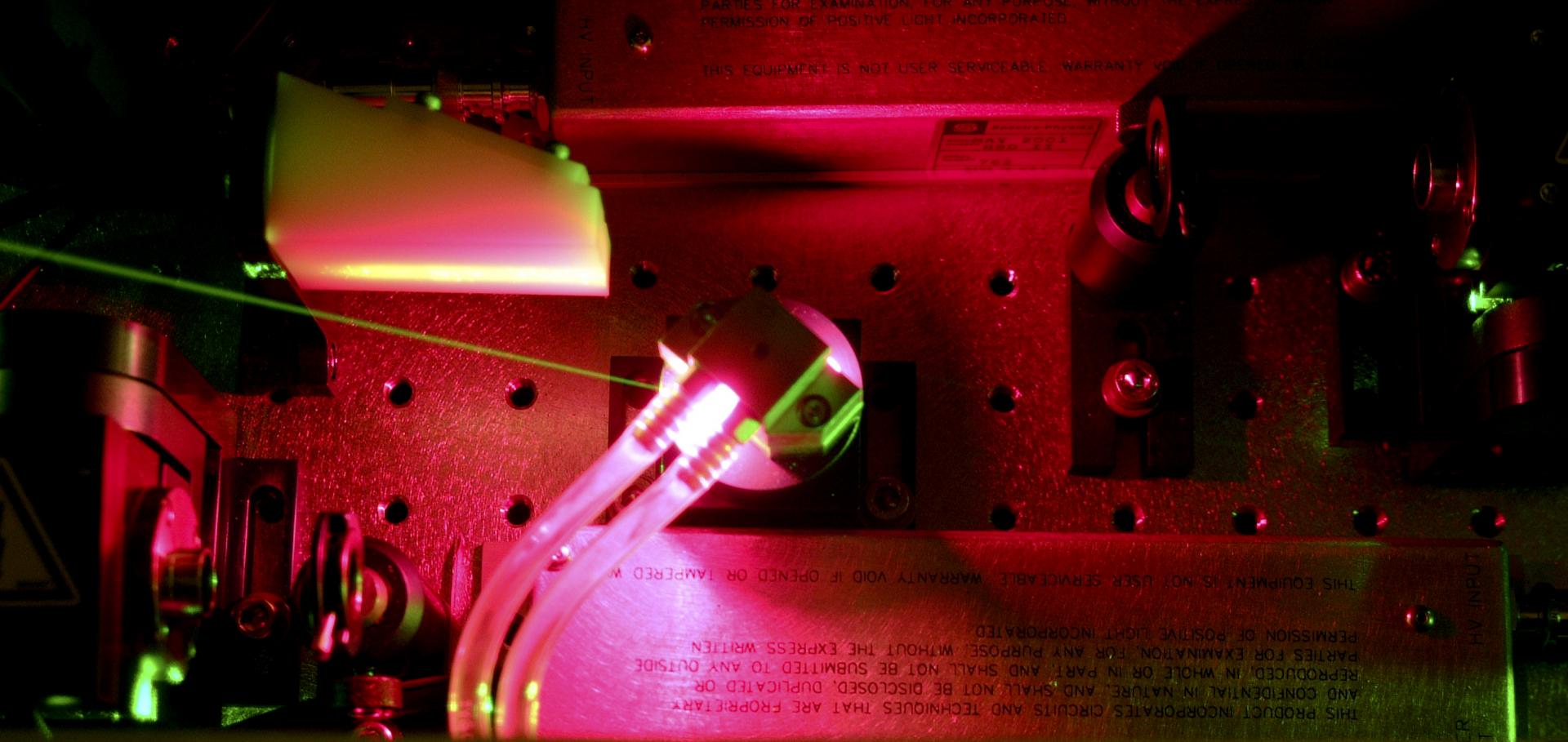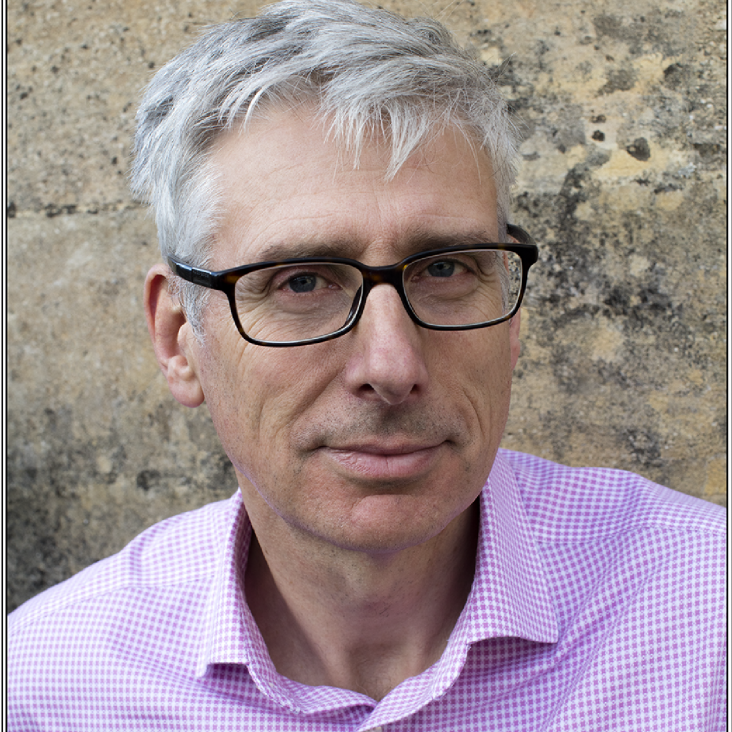Modulational instability in large-amplitude linear laser wakefields
Physical Review E American Physical Society 107 (2023) L023201
Abstract:
We investigate the growth of ion density perturbations in large-amplitude linear laser wakefields via two-dimensional particle-in-cell simulations. Growth rates and wave numbers are found to be consistent with a longitudinal strong-field modulational instability (SFMI). We examine the transverse dependence of the instability for a Gaussian wakefield envelope and show that growth rates and wavenumbers can be maximised off-axis. On-axis growth rates are found to decrease with increasing ion mass or electron temperature. These results are in close agreement with the dispersion relation of a Langmuir wave with energy density that is large compared to the plasma thermal energy density. The implications for wakefield accelerators, in particular multi-pulse schemes, are discussed.European Strategy for Particle Physics -- Accelerator R&D Roadmap
(2022)
Demonstration of kilohertz operation of Hydrodynamic Optical-Field-Ionized Plasma Channels
Physical Review Accelerators and Beams American Physical Society (2022)
Abstract:
We demonstrate experimentally that hydrodynamic optical-field-ionized (HOFI) plasma channels can be generated at kHz-scale pulse repetition rates, in a static gas cell and for an extended period. Using a pump-probe arrangement, we show via transverse interferometry that the properties of two HOFI channels generated \SI{1}{ms} apart are essentially the same. We demonstrate that HOFI channels can be generated at a mean repetition rate of \SI{0.4}{kHz} for a period of 6.5 hours without degradation of the channel properties, and we determine the fluctuations in the key optical parameters of the channels in this period. Our results suggest that HOFI and conditioned HOFI channels are well suited for future high-repetition rate, multi-GeV plasma accelerator stages.GeV-scale accelerators driven by plasma-modulated pulses from kilohertz lasers
Physical Review Letters American Physical Society 127 (2021) 184801
Abstract:
We describe a new approach for driving GeV-scale plasma accelerators with long laser pulses. We show that the temporal phase of a long, high-energy driving laser pulse can be modulated periodically by copropagating it with a low-amplitude plasma wave driven by a short, low-energy seed pulse. Compression of the modulated driver by a dispersive optic generates a train of short pulses suitable for resonantly driving a plasma accelerator. Modulation of the driver occurs via well-controlled linear processes, as confirmed by good agreement between particle-in-cell (PIC) simulations and an analytic model. PIC simulations demonstrate that a 1.7 J, 1 ps driver, and a 140 mJ, 40 fs seed pulse can accelerate electrons to energies of 0.65 GeV in a plasma channel with an axial density of 2.5 × 1017cm−3. This work opens a route to high repetition-rate, GeV-scale plasma accelerators driven by thin-disk lasers, which can provide joule-scale, picosecond-duration laser pulses at multikilohertz repetition rates and high wall-plug efficiencies.Demonstration of kilohertz operation of Hydrodynamic Optical-Field-Ionized Plasma Channels
(2021)


